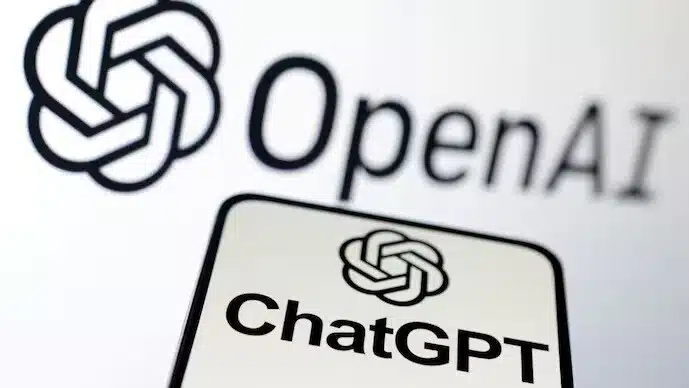Developing decentralized applications (DApps) on the Ethereum platform requires using powerful libraries to interact with the blockchain. Web3.js and Ethers.js are the two most popular choices for this purpose. In this extensive guide, we will compare Web3.js vs Ethers.js, discuss their core features, provide code examples, and explore their strengths and weaknesses to help you make an informed decision for your DApp development.
Web3.js: The Original Ethereum Library
Web3.js is the original and most popular library for interacting with the Ethereum blockchain. It enables developers to connect their DApps to Ethereum nodes, send transactions, query contract data, and more. Let’s explore the essential features of Web3.js:
Setting up Web3.js:
const Web3 = require('web3');
const web3 = new Web3(new Web3.providers.HttpProvider('https://mainnet.infura.io/YOUR_API_KEY'));
Example: Getting an Account’s Ether Balance
(async () => {
const balance = await web3.eth.getBalance('0x742d35Cc6634C0532925a3b844Bc454e4438f44e');
console.log('Balance:', web3.utils.fromWei(balance, 'ether'));
})();
Ethers.js: A Lightweight Alternative to Web3.js
Ethers.js is another library for interacting with the Ethereum blockchain. It’s more lightweight and modular compared to Web3.js, making it a suitable choice for developers who prefer a minimalistic approach. Let’s dive into the core features of Ethers.js:
Setting up Ethers.js:
const { ethers } = require('ethers');
const provider = new ethers.providers.InfuraProvider('homestead', 'YOUR_API_KEY');
Example: Retrieving an Account’s Ether Balance
(async () => {
const balance = await provider.getBalance('0x742d35Cc6634C0532925a3b844Bc454e4438f44e');
console.log('Balance:', ethers.utils.formatEther(balance));
})();
Comparing Web3.js and Ethers.js: Key Differences
When comparing Web3.js vs Ethers.js, it’s crucial to understand their key differences. Here are some factors to consider:
- Size: Ethers.js has a smaller file size, resulting in faster-loading DApps.
- Modularity: Ethers.js allows you to import only the components you need, whereas Web3.js requires the entire library.
- Community: Web3.js has a larger community, providing more resources and support.
Code Example: Sending an Ethereum Transaction
Both libraries support sending transactions on the Ethereum network. Let’s compare the code required for this task:
Web3.js:
const account = web3.eth.accounts.privateKeyToAccount('YOUR_PRIVATE_KEY');
const tx = {
to: '0x742d35Cc6634C0532925a3b844Bc454e4438f44e',
value: web3.utils.toWei('0.1', 'ether'),
gas: 21000,
};
(async () => {
const signedTx = await account.signTransaction(tx);
const receipt = await web3.eth.sendSignedTransaction(signedTx.rawTransaction);
console.log('Transaction Receipt:', receipt);
})();
const wallet = new ethers.Wallet('YOUR_PRIVATE_KEY', provider);
const tx = {
to: '0x742d35Cc6634C0532925a3b844Bc454e4438f44e',
value: ethers.utils.parseEther('0.1'),
gasLimit: 21000,
};
(async () => {
const signedTx = await wallet.signTransaction(tx);
const receipt = await provider.sendTransaction(signedTx);
console.log('Transaction Receipt:', receipt);
})();Working with Smart Contracts
Interacting with smart contracts is another critical aspect of DApp development. Both Web3.js and Ethers.js provide comprehensive support for this functionality:
Web3.js:
const contractABI = [...]; // Contract ABI array
const contractAddress = '0x...'; // Contract address
const contract = new web3.eth.Contract(contractABI, contractAddress);
Ethers.js:
const contractABI = [...]; // Contract ABI array
const contractAddress = '0x...'; // Contract address
const contract = new ethers.Contract(contractAddress, contractABI, provider);
Conclusion
Web3.js and Ethers.js are both powerful Ethereum libraries that enable developers to build and interact with decentralized applications. When choosing between Web3.js vs Ethers.js, consider factors such as size, modularity, and community support to determine the best fit for your project.
Web3.js is the original Ethereum library and offers a feature-rich, well-supported experience. On the other hand, Ethers.js is a lightweight, modular alternative that may be more suitable for developers looking for a minimalistic approach.
By understanding the key differences between these libraries and leveraging the code examples provided, you can make an informed decision and choose the best Ethereum library for your DApp development needs.
Posted in Blockchain, Ethereum, Smart Contract, Solidity





